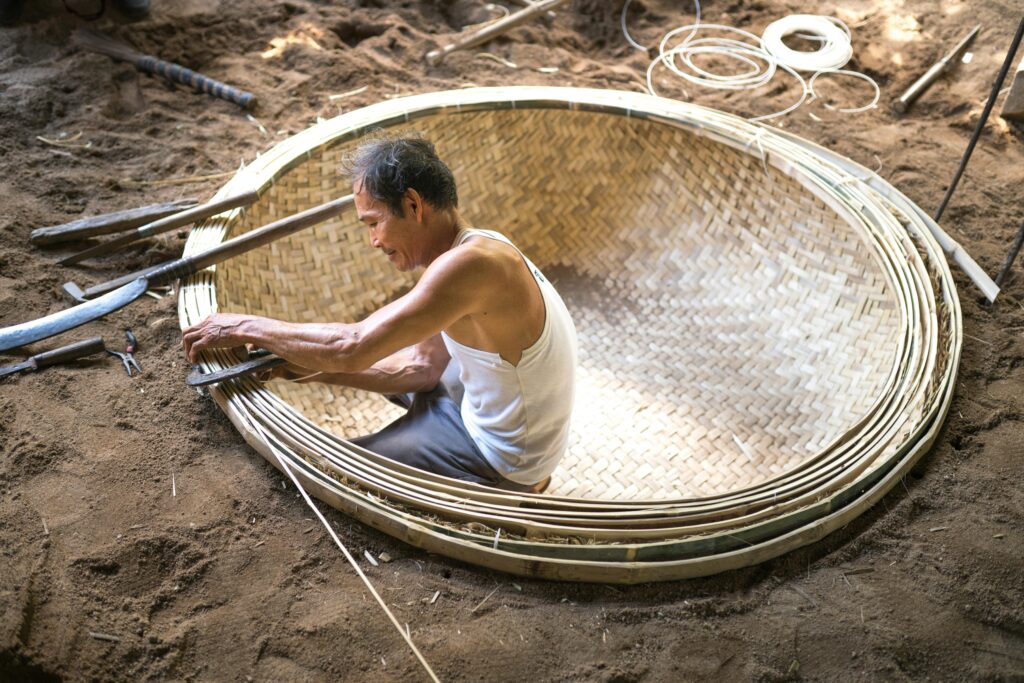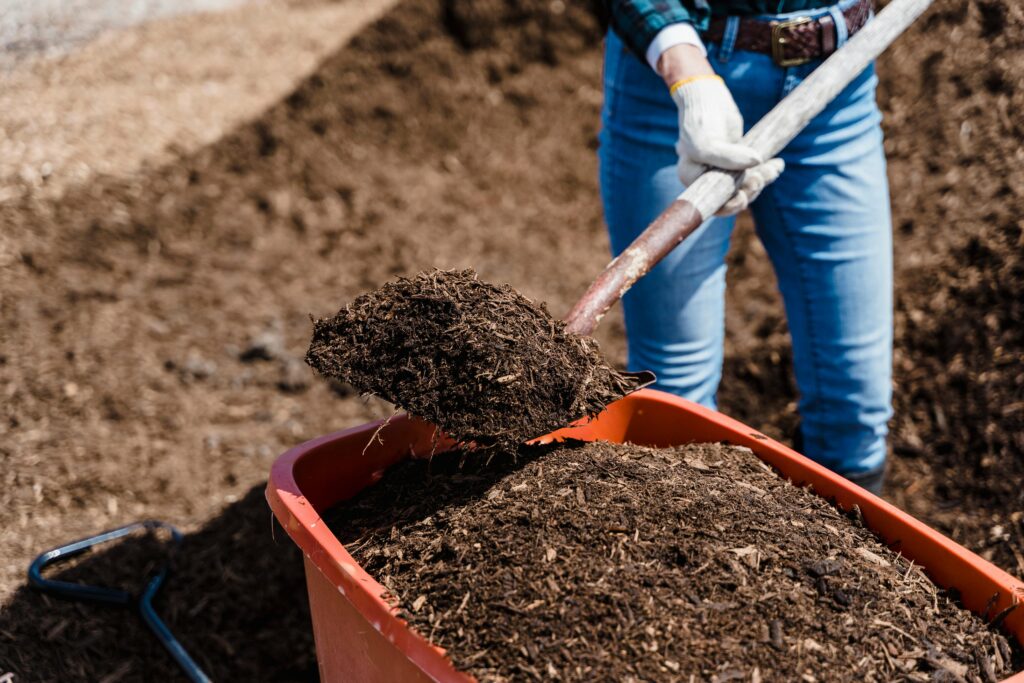Introduction
When building or renovating a home, choosing the right materials is crucial not only for aesthetics and durability but also for sustainability. Flooring, furniture, and interior finishes account for a significant part of your home’s environmental footprint. Two popular options are hardwood and bamboo. Both have advantages and drawbacks, but which one is truly better for the planet and for your lifestyle?
In this guide, we’ll dive deep into the comparison of hardwood vs bamboo across multiple factors including sustainability, durability, cost, maintenance, and environmental impact. By the end, you’ll have a clear idea of which material suits your green home ambitions.
Origin & Sustainability
Hardwood: Hardwood comes from slow-growing trees such as oak, maple, cherry, and walnut. While these trees are strong and long-lasting, their slow growth means that harvesting must be done carefully to prevent deforestation. If harvested unsustainably, it contributes to forest loss and habitat destruction. FSC-certified hardwood is an option to ensure the wood is sourced responsibly.
Bamboo: Bamboo is technically a grass, which makes it a rapidly renewable resource. It can mature in 3–5 years, compared to decades for hardwood. Once harvested, it naturally regenerates without the need for replanting. This fast growth, combined with minimal chemical needs and high carbon sequestration, makes bamboo an eco-friendly choice.
Tip: Look for FSC or similar eco-certifications for both hardwood and bamboo to ensure responsible sourcing.
Strength & Durability
One of the first things to consider is how each material will withstand wear and tear.
- Hardwood: Hardwoods are extremely strong, resistant to scratches and dents, and can last for decades. They are ideal for high-traffic areas, heirloom furniture, and flooring designed to endure long-term use.
- Bamboo: Bamboo is surprisingly strong, particularly strand-woven bamboo, which is harder than many hardwoods. However, natural bamboo (non-strand woven) is softer and can be prone to dents. The quality of bamboo depends heavily on processing methods and finishing.
Both materials can last a lifetime if maintained properly, but strand-woven bamboo competes closely with hardwood in terms of durability.
Appearance & Style
Style and aesthetics play a key role in home design.
- Hardwood: Offers a rich variety of natural grain patterns and textures. It can be stained in multiple colors and finishes to match traditional or modern decor. Each piece is unique, giving a warm and elegant look.
- Bamboo: Typically has a lighter, uniform appearance, making it popular in minimalist or contemporary interiors. Bamboo can be carbonized to a darker hue or engineered to mimic hardwood grains. It complements modern furniture and creates a clean, bright look.
Choosing between the two often comes down to whether you prefer the classic richness of hardwood or the modern simplicity of bamboo.
Cost Comparison
Price is an important consideration when planning a home renovation.
- Hardwood: Typically more expensive due to slow growth, harvesting costs, and long lifespan. Installation costs can also be higher due to weight and specialized tools required.
- Bamboo: Usually more affordable, especially for natural bamboo. Strand-woven bamboo can approach hardwood prices, but it still remains a cost-effective sustainable alternative.
Long-term, both materials can be cost-effective since they last for decades with proper care.
Environmental Impact
Eco-conscious homeowners consider the environmental footprint of materials:
- Hardwood: Unsustainable logging can lead to deforestation, biodiversity loss, and high carbon emissions. Transportation from distant forests increases the carbon footprint. Choose FSC-certified hardwood to mitigate these impacts.
- Bamboo: Bamboo is highly renewable, grows quickly, and absorbs significant carbon dioxide. Minimal pesticides are required, and harvesting does not kill the plant. Bamboo cultivation also helps prevent soil erosion.
From a sustainability perspective, bamboo has a clear advantage, provided it’s harvested and processed responsibly.
Maintenance & Longevity
- Hardwood: Requires occasional refinishing and polishing. Sensitive to moisture and humidity, which can cause warping or cracking if not properly maintained.
- Bamboo: Easier to maintain in moderate climates. Strand-woven bamboo is highly resistant to water and scratches, making it ideal for kitchens, bathrooms, and moderate-traffic flooring.
Both require care, but bamboo’s faster growth and resistance to some environmental stresses give it a slight edge in ease of maintenance.
Applications in Home Design
Both materials can be used in flooring, furniture, wall paneling, and even decorative accents. Here are some practical uses:
Flooring
- Hardwood flooring adds a classic, elegant feel and is suitable for living rooms, bedrooms, and hallways.
- Bamboo flooring is excellent for modern interiors, environmentally conscious homes, and areas where a lighter aesthetic is desired.
Furniture
- Hardwood furniture is durable, timeless, and ideal for heirlooms.
- Bamboo furniture is lightweight, versatile, and suitable for outdoor use or casual interiors.
Decor & Accessories
- Hardwood: Picture frames, cabinets, decorative beams.
- Bamboo: Lamps, blinds, shelves, and eco-friendly accents.
Health & Indoor Air Quality
Indoor air quality is affected by the materials used in flooring and furniture:
- Hardwood generally emits minimal VOCs if untreated or finished with non-toxic sealants.
- Bamboo is naturally low in allergens and, when processed without harsh chemicals, contributes to a healthier indoor environment.
Both can be safe, but verify finishes and adhesives to ensure chemical-free, eco-friendly living.
Economic & Social Considerations
Choosing sustainable materials also affects communities:
- Hardwood: Supports traditional forestry economies, but unsustainable harvesting can harm local communities.
- Bamboo: Cultivation often supports rural farmers, can be harvested more frequently, and encourages sustainable industry growth.
Bottom Line: Making the Right Choice
Both hardwood and bamboo have their merits. The right choice depends on your priorities:
- Hardwood: Choose for long-lasting, classic aesthetics and if willing to invest in certified sustainable sourcing.
- Bamboo: Choose for sustainability, lower environmental impact, modern style, and cost-effective solutions. Strand-woven bamboo offers durability comparable to hardwood.
By considering sustainability, durability, cost, and style together, you can make an informed decision that benefits both your home and the planet.
Tips for Eco-Friendly Use
- Always check for FSC or equivalent certifications for hardwood and bamboo.
- Use non-toxic finishes, sealants, and adhesives.
- Combine bamboo and hardwood strategically to balance aesthetics and sustainability.
- Maintain materials properly to extend lifespan and reduce future waste.
FAQs
Q1: Is bamboo flooring really more sustainable than hardwood?
A1: Generally, yes. Bamboo is a rapidly renewable grass that can be ready for harvest in about 3–5 years, whereas hardwood trees may take decades. However, true sustainability also depends on manufacturing practices, transport emissions, and the adhesives/finishes used.
Q2: Can hardwood be sustainable?
A2: Absolutely — when it is sourced responsibly. Look for certified options (for example, FSC-certified hardwood) and products from suppliers that demonstrate responsible harvesting, reforestation, and transparent supply chains. The long lifespan of hardwood also contributes to its sustainability when well maintained.
Q3: How do durability and maintenance compare between hardwood and bamboo?
A3: High-quality hardwood is very durable and can be refinished multiple times. Strand-woven bamboo is also highly durable and can match or exceed some hardwoods in hardness, but natural (non-strand) bamboo may be softer. Both materials are sensitive to moisture and temperature changes and require proper installation and maintenance.
Q4: Are there hidden drawbacks to choosing bamboo?
A4: Yes — some bamboo products use resins and adhesives that emit VOCs (volatile organic compounds), and long-distance shipping from production regions can increase carbon footprint. Always ask about processing methods and VOC-free finishes.
Q5: Which is better value for money — hardwood or bamboo?
A5: It depends on your priorities. Bamboo often has a lower upfront cost and renews quickly, while hardwood can be a long-term investment that retains value if maintained. Consider total cost of ownership (cost per year of use) rather than only the purchase price.
Q6: Can I install either material in humid or dry climates?
A6: Both hardwood and bamboo expand and contract with humidity. Proper acclimation, suitable subfloor, moisture barriers, and appropriate finishes are essential. Some bamboo types perform less well in very wet areas, so check manufacturer guidance for local climate suitability.
Q7: If I already have flooring, should I replace it with a sustainable material?
A7: Not necessarily. Keeping and maintaining existing flooring is often the most sustainable option. Replace only when necessary and choose responsibly sourced materials when you do.
Q8: How do I verify if a product is truly “sustainable”?
A8: Look for credible certifications (e.g., FSC), request traceability or origin information, check for low-VOC finishes, consider transport footprint, and prefer suppliers who publish supply-chain or environmental impact information. When in doubt, ask for documentation and compare multiple sources.


